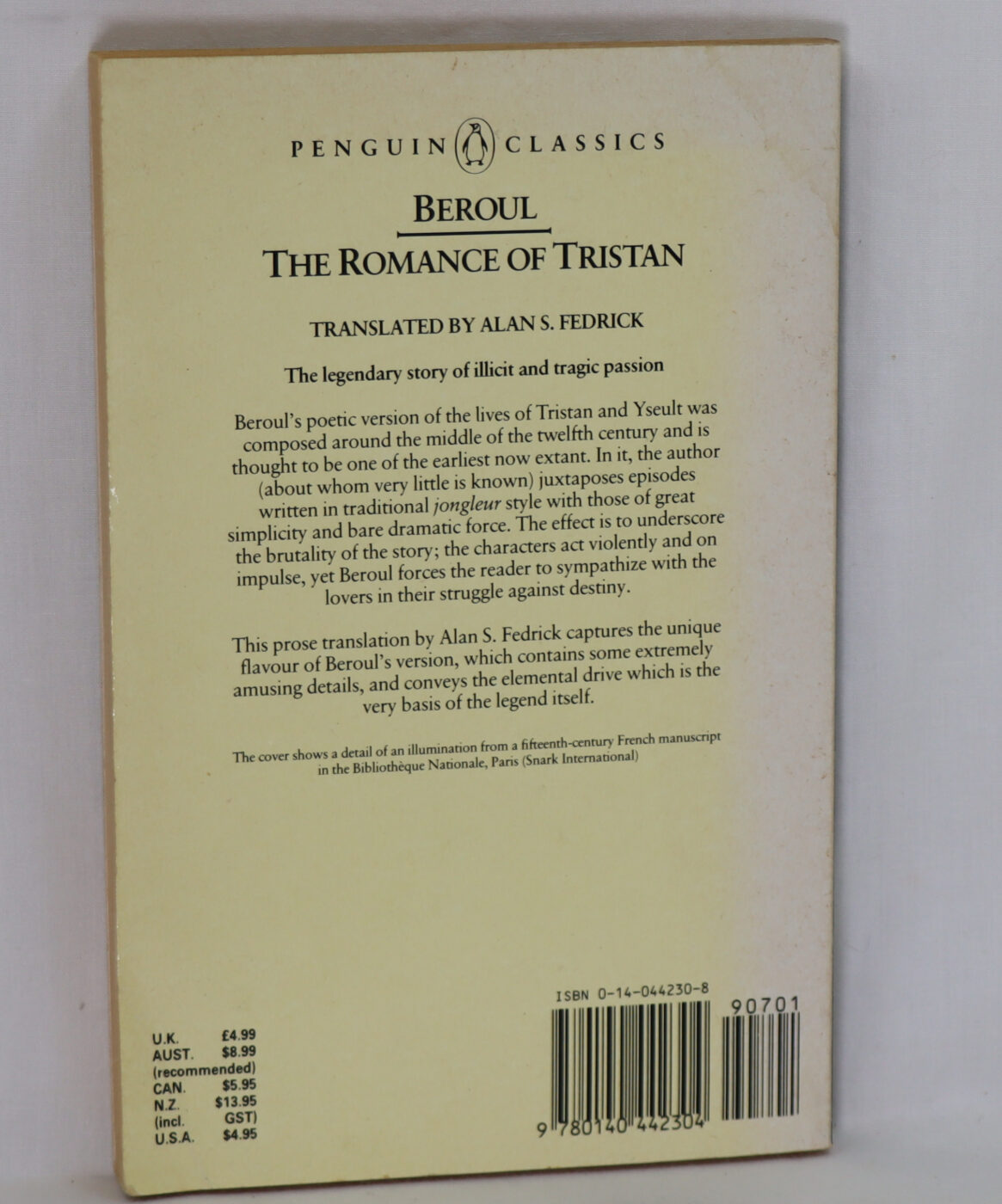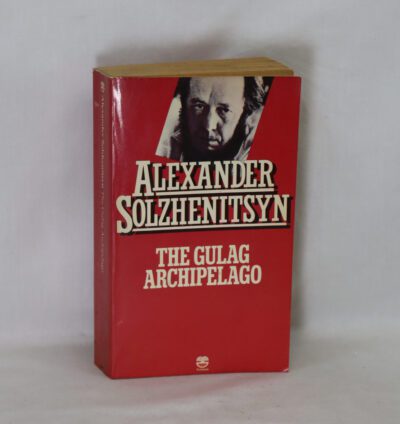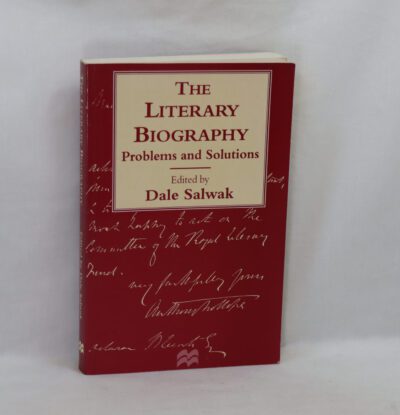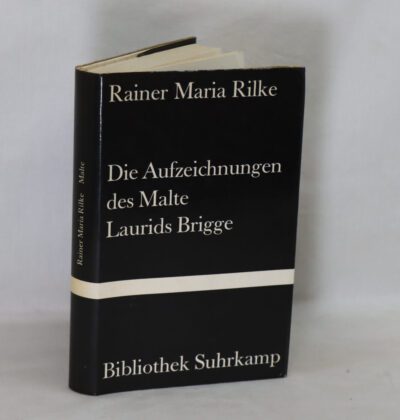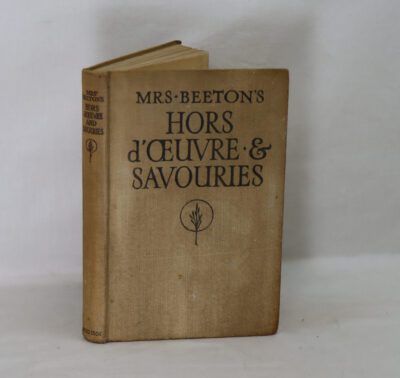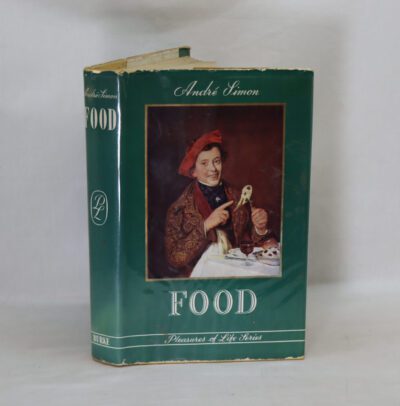The Romance of Tristan.
By Beroul
ISBN: 9780141913858
Printed: 1970
Publisher: Penquin Books.
| Dimensions | 13 × 20 × 1 cm |
|---|---|
| Language |
Language: English
Size (cminches): 13 x 20 x 1
Condition: Good (See explanation of ratings)
Your items
Item information
Description
Paperback. White title and ship image on the black and cream cover.
We provide an in-depth photographic presentation of this item to stimulate your feeling and touch. More traditional book descriptions are immediately available
- This used book has a £3 discount when collected from our shop
Please view the photographs to explore further details on this book.
One of the earliest extant versions of the Tristan and Yseut story, Beroul’s French manuscript of The Romance of Tristan dates back to the middle of the twelfth century. It recounts the legend of Tristan, nephew of King Mark of Cornwall, and the king’s Irish wife Yseut, who fall passionately in love after mistakenly drinking a potion. Their illicit romance remains secret for many years, but the relentless suspicion of the king’s barons and the fading effects of the magic draught eventually lead to tragedy for the lovers. While Beroul’s work emphasizes the impulsive and often brutal behaviour of the characters, its sympathetic depiction of two people struggling against their destiny is one of the most powerful versions of this enduringly popular legend.
Review: Okay, it’s written by Beroul, but no one knows exactly who he was and he appears to have spent some time in the old country – could have been Breton, Norman or Cornish, now no way of knowing. This version describes a forgotten kingdom lost to the passage of time; the forest of Morrois (Bodmin or Dartmoor?), the island of St Samson (St Michaels,St Nicholas or Looe?), Croix Rouge (Carn Brea / Redruth?) Not surprising this became a classic of western literature, but this version comes from the ‘vulgar’ tradition so is probably most authentic to the real oral tradition.
It is a beautifully vivid and humane story with some hauntingly erotic scenes that can still make a modern man weep – sunlight falls from Mark’s bare-chested grasp upon the sleeping face of Yseult ; his nephew sleeps innocent upon the grass; his naked blade thrust between them [ who needs Game of Thrones…?!]
The deep theme of true love is rather philosophical – we are left questioning throughout whether it is a madness affliction or a drug-induced delusion – when the spell wears off, these two ‘lovers’ seem to be mechanically clanking together in a state of deep confusion. The Germanic, chivalric versions are stolid, macho, puritanical and artificial by comparison with the original born of the physical mystery of mind and body; Beroul feels more like Chaucer or Shakespeare, with the bardic magic of Mabinogyon, high and low art woven with insightful ambiguity into real human experience.
Béroul was a Norman poet of the twelfth century. He wrote a Norman language version of the Tristan and Iseult story of which 3000 verses survive today, preserved at the Bibliothèque Nationale in Paris.
Alan S. Fedrick is a writer and translator who is best known for his translation of Beroul’s The Romance of Tristan: The Tale of Tristan’s Madness, for which he also wrote the introduction.
Want to know more about this item?

Related products
Share this Page with a friend

